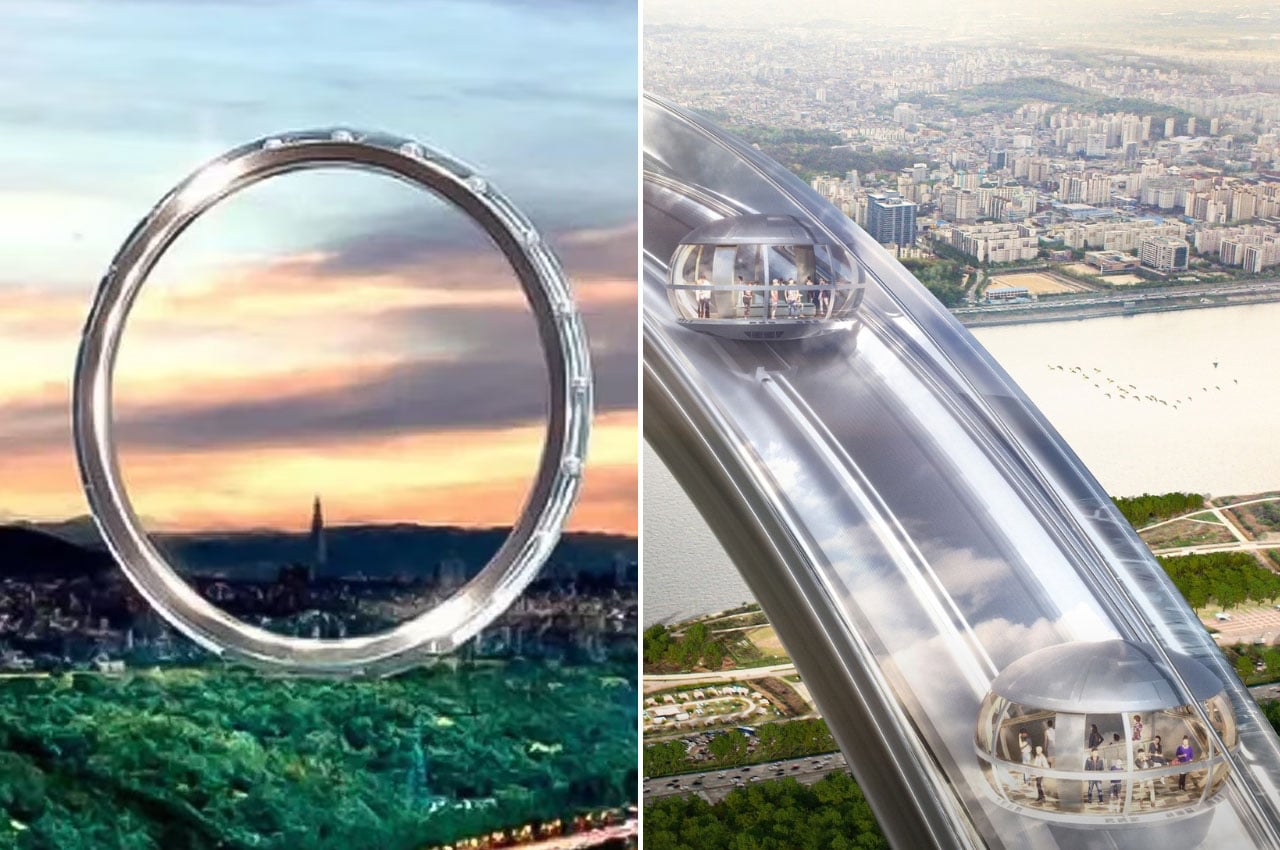
Large ferris wheels seem to now be a landmark and tourist spot for a lot of large cities like London, Vienna, Budapest, Singapore, Dubai, etc. They provide a gorgeous view of the city to the people who fall in line (sometimes for hours) and also serve as part of the landscape for those viewing it from the ground. We will most likely see plans for more wheels to even more cities as it’s a pretty popular thing to do when visiting a place for the first time.
Designer: Seoul Metropolitan Government


Seoul has become one of the most popular cities to visit as Kpop, Kdramas and Korean food continue to conquer the world. The city government has now unveiled plans to add another thing for tourists and citizens to visit in what will possibly become the largest spokeless Ferris Wheel in the world. The Seoul Ring is set to start construction by 2025 and will be located in a former trash disposal site that is named after the sky or heaven. Haneul Park is now an ecological park when previously it was where a lot of the city’s garbage was dumped.
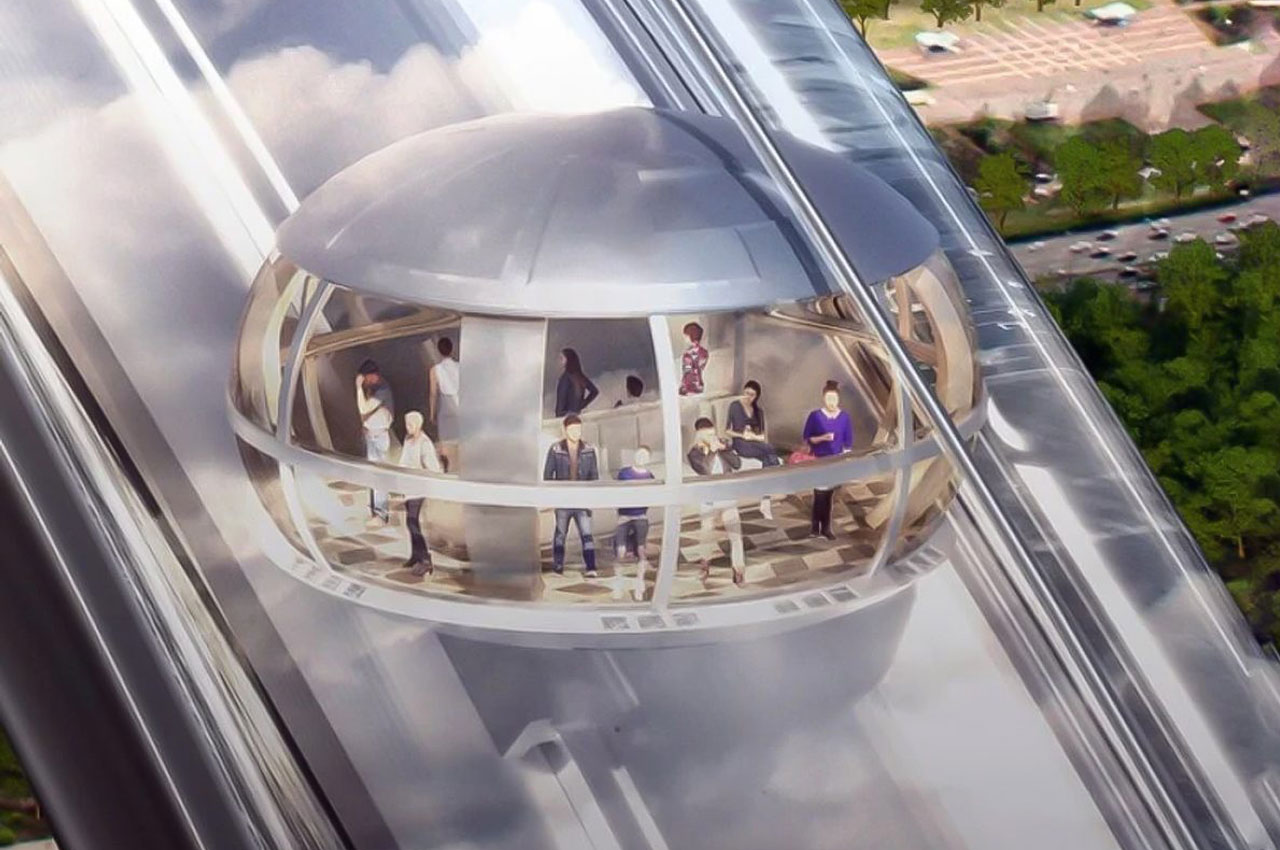
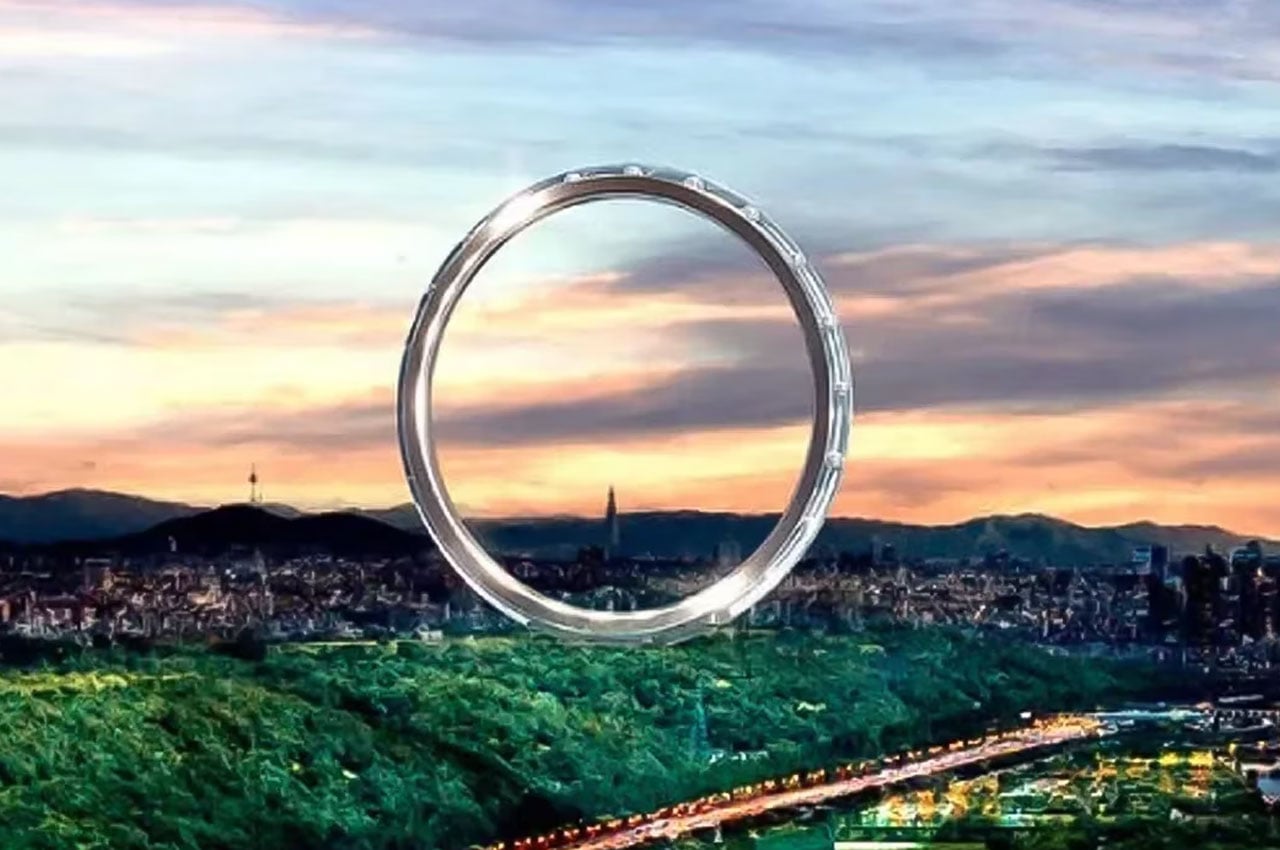
The ferris wheel will have a diameter of 591 feet and will have 36 glass carriages that can carry 25 occupants each. Aside from being visually stunning and give visitors a beautiful view of the city, it will also be environmentally friendly as it will be running on green energy. The “ring-without-spokes” design will use recycled energy, including solar power, adding to the eco-friendly theme of the park. They’re also planning to use augmented-reality to project things on the cubicles’ walls, like a virtual tourist guide while riding the wheel.

Haneul Park is actually close to North Korea so they also want it to become a symbol for their wish for a unified Korea. They’re expecting it to be able to carry up to 12,000 people every day when it will finally be completed by 2027 (hopefully). They local government will be investing around $411 million for this project as they look forward to having even more tourists visit the city. Hopefully, the Seoul Ring will become another draw to Seoul, among all the other things you can already do in the city.


The post The World’s largest spokeless ferris wheel is coming up in Seoul first appeared on Yanko Design.
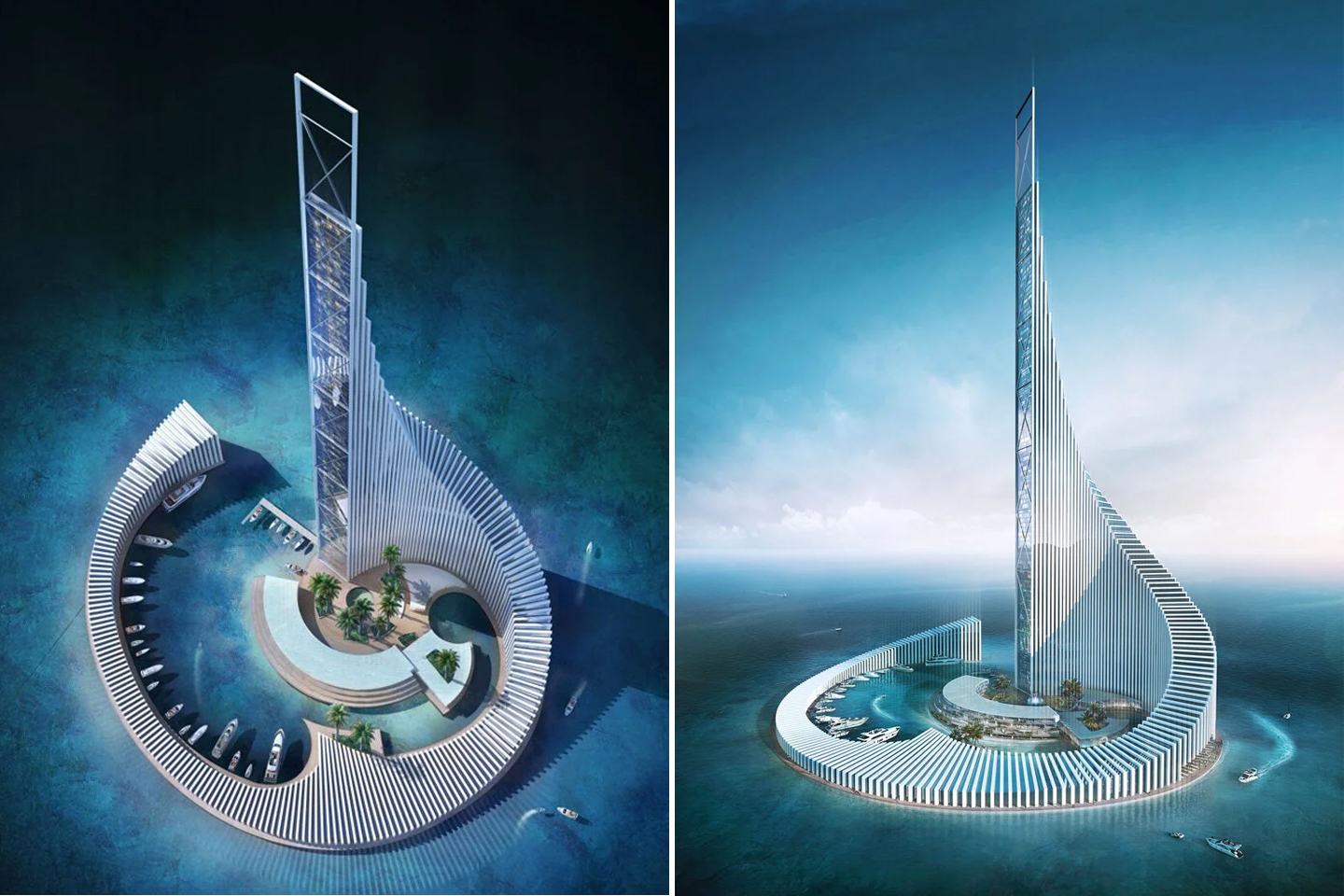
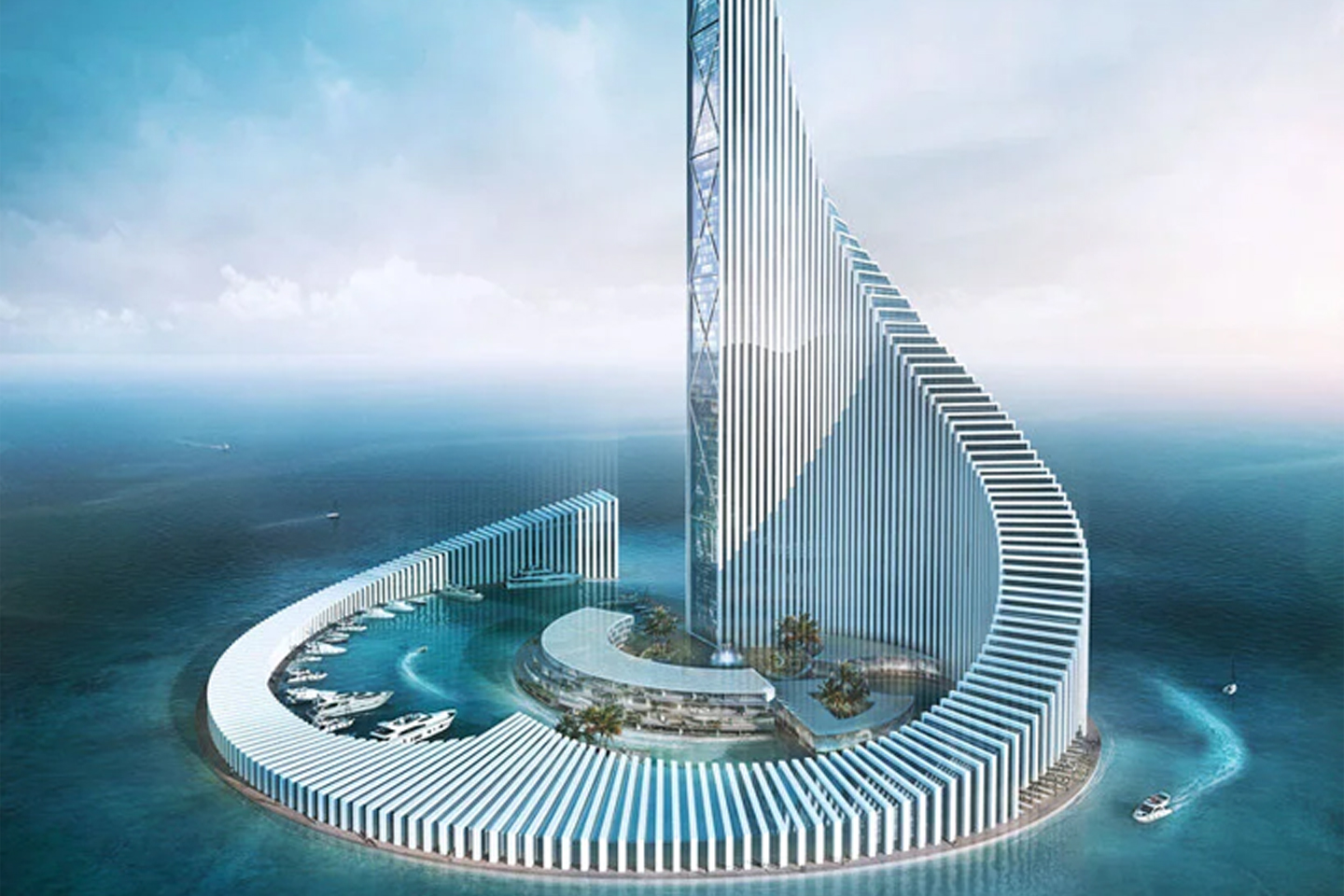
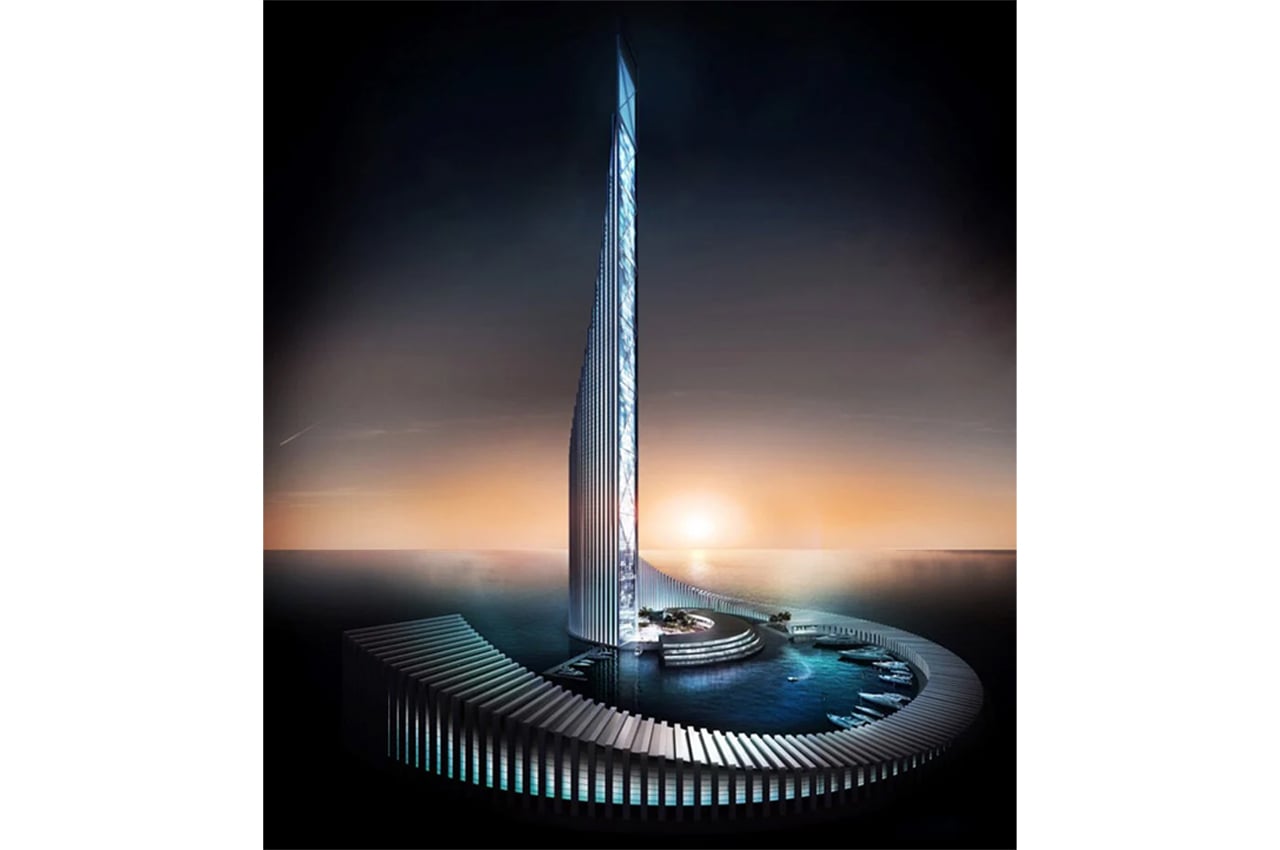
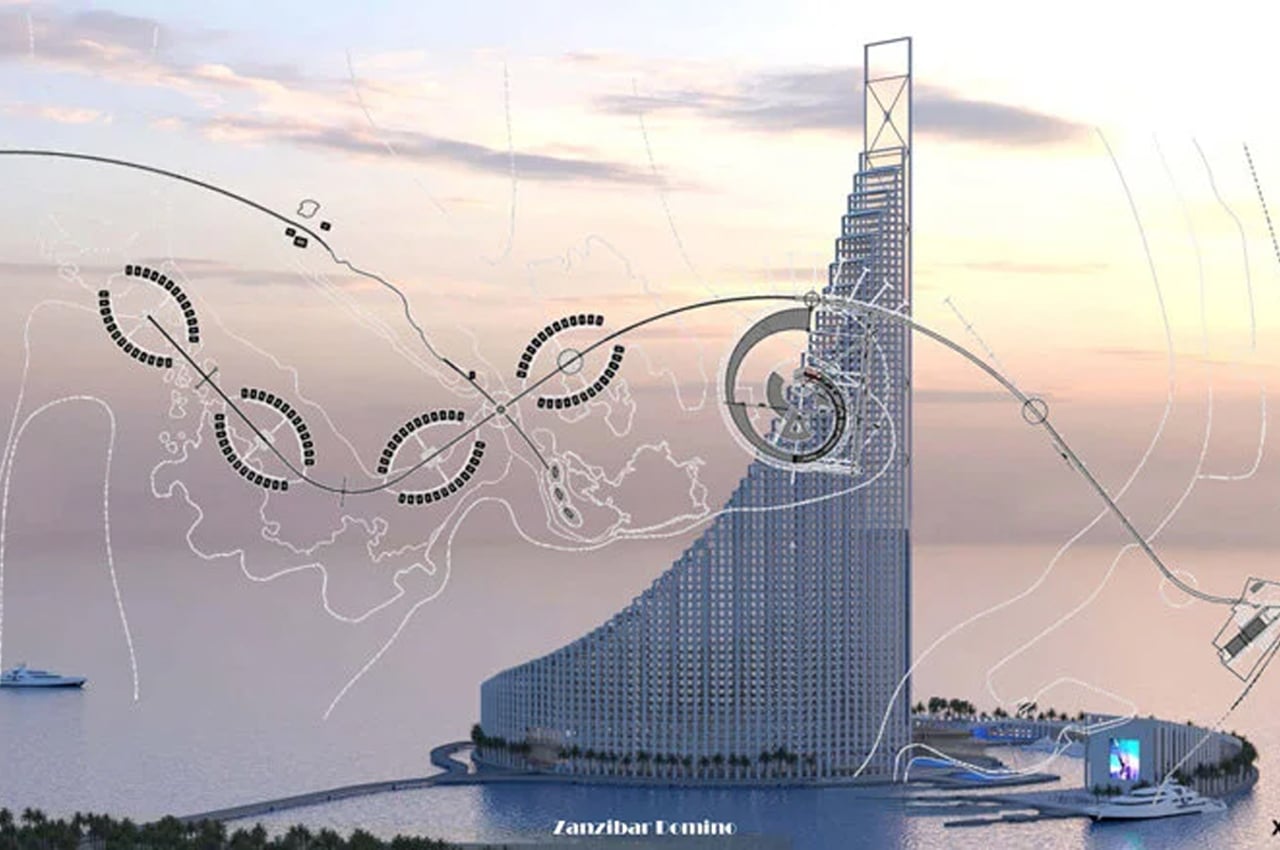

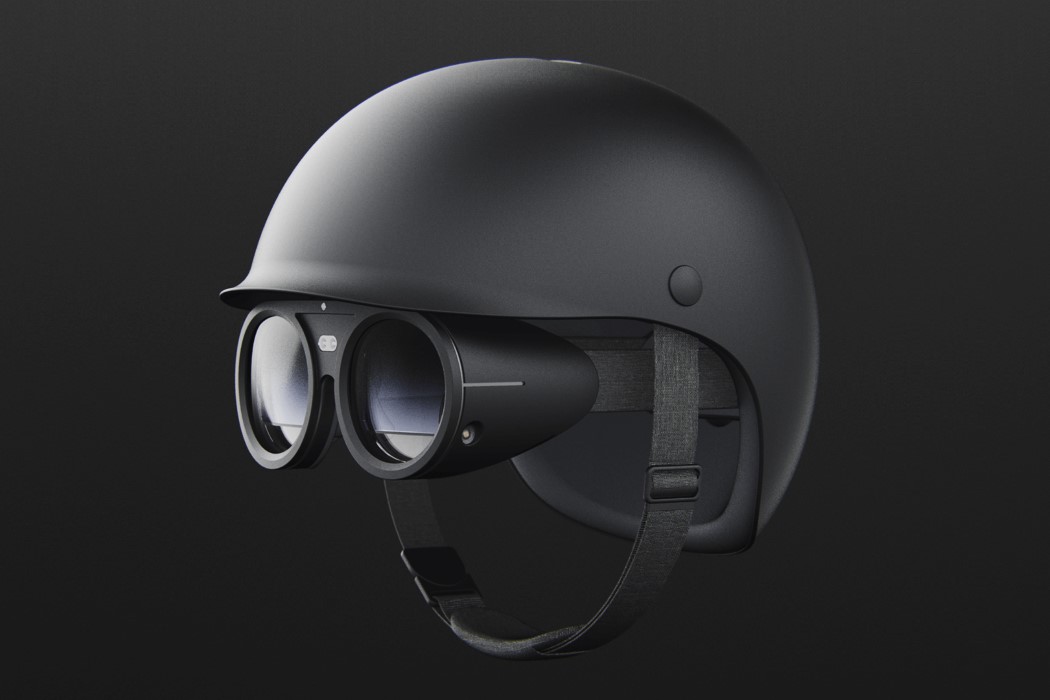
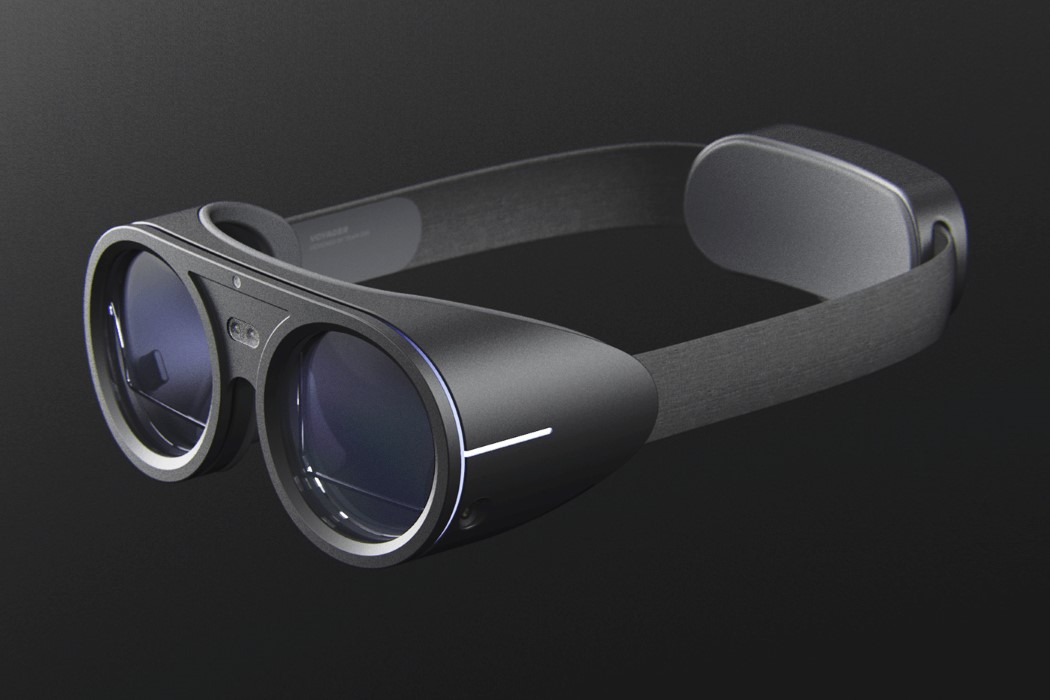
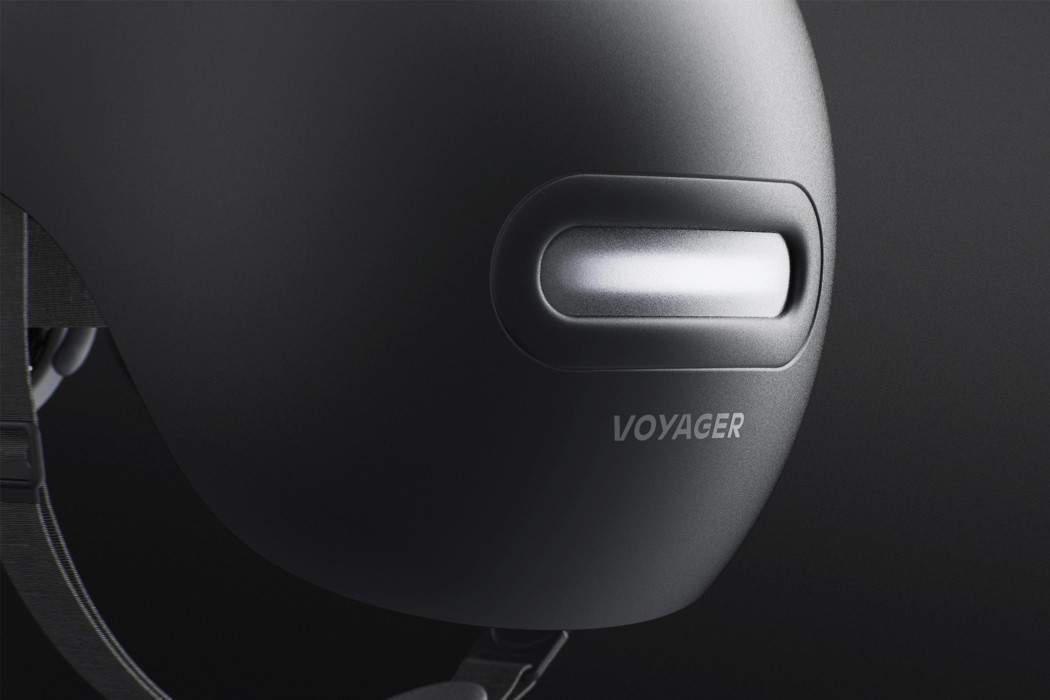
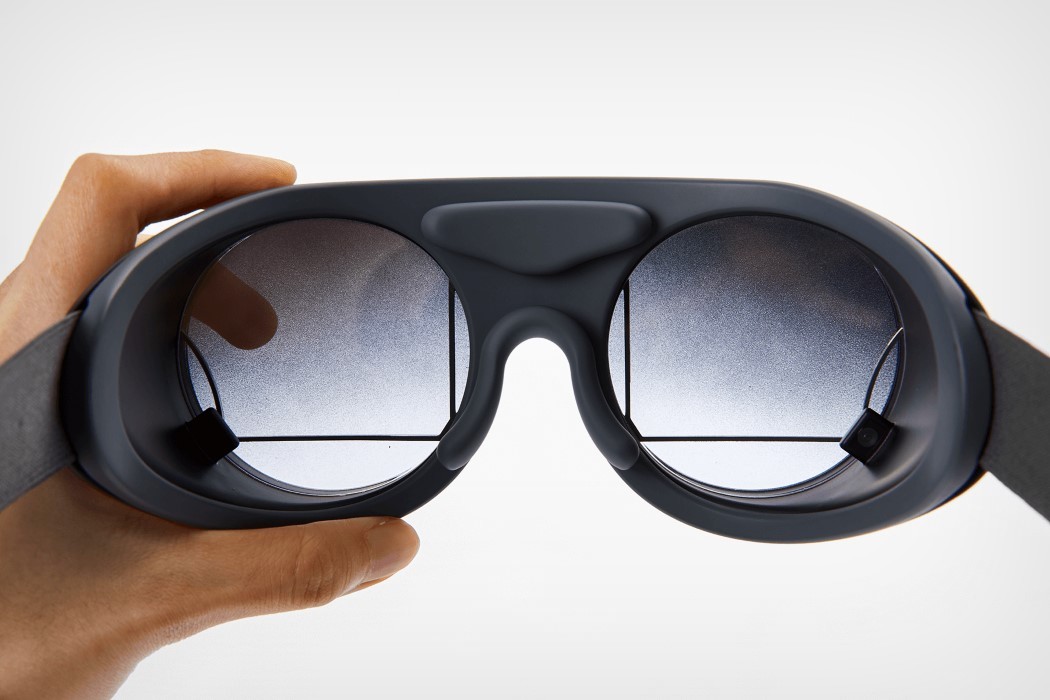
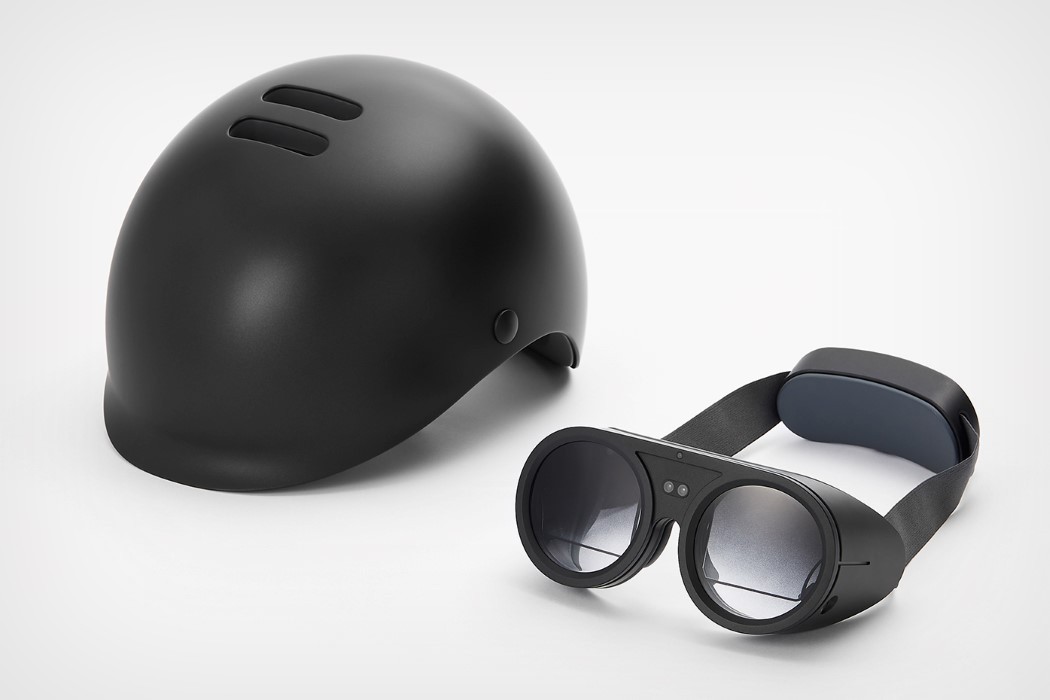

















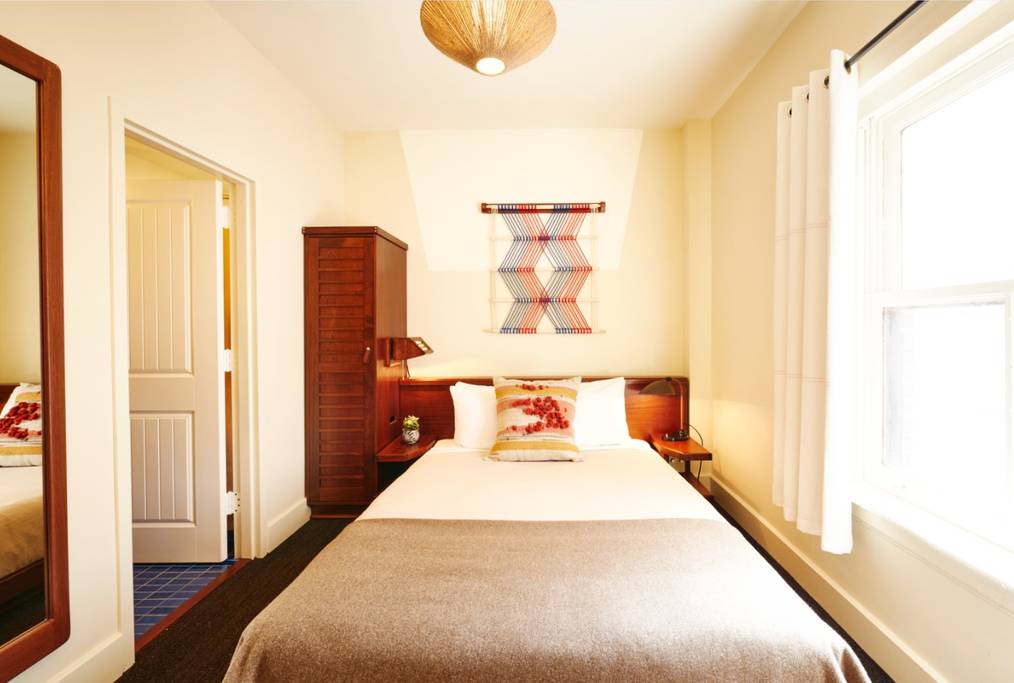 Airbnb is buying last-minute hotel booking service HotelTonight, in another move on the traditional hotel industry. The HotelTonight booking app and website, which offers day-of hotel reservations at discounted rates, will still operate independently...
Airbnb is buying last-minute hotel booking service HotelTonight, in another move on the traditional hotel industry. The HotelTonight booking app and website, which offers day-of hotel reservations at discounted rates, will still operate independently...
 Russia has flown just seven tourists to space since 2001, but it's about to expand that number in the near future. The country's space agency, Roscosmos, has signed a deal with Space Adventures to carry two "spaceflight participants" (read: tourists)...
Russia has flown just seven tourists to space since 2001, but it's about to expand that number in the near future. The country's space agency, Roscosmos, has signed a deal with Space Adventures to carry two "spaceflight participants" (read: tourists)...
 It was at the helm of GPS/AR/Maps-based "exergaming" in 2013 with Ingress, saw phenomenal success with Pokémon Go, and will launch a location-based Harry Potter mobile game next year. Now, Niantic is making the natural move into tourism-focuse...
It was at the helm of GPS/AR/Maps-based "exergaming" in 2013 with Ingress, saw phenomenal success with Pokémon Go, and will launch a location-based Harry Potter mobile game next year. Now, Niantic is making the natural move into tourism-focuse...
 The Jim Bridenstine-era NASA's efforts to privatize spaceflight could involve borrowing a page from Russia. The Washington Post notes the agency is mulling the possibility of offering seats to private tourists on the ships that take astronauts to th...
The Jim Bridenstine-era NASA's efforts to privatize spaceflight could involve borrowing a page from Russia. The Washington Post notes the agency is mulling the possibility of offering seats to private tourists on the ships that take astronauts to th...
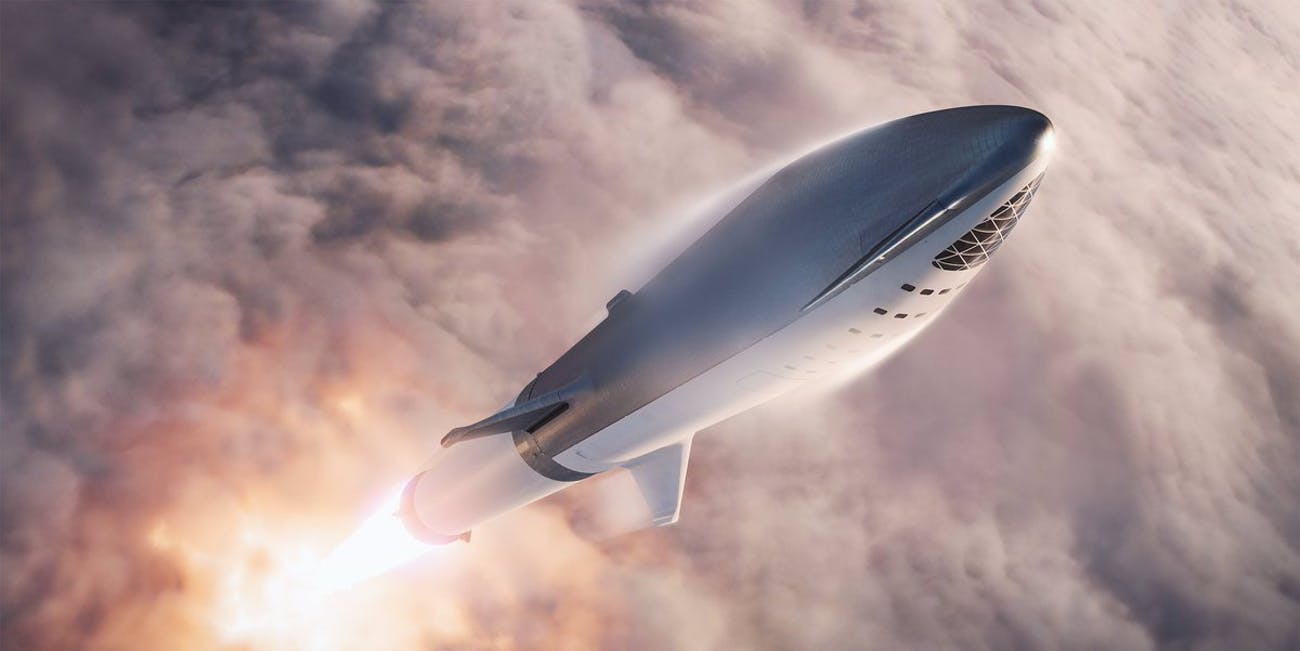 When SpaceX launches Japanese billionaire Yusaku Maezawa and his eight travelling companions for a trip around the Moon in 2023, the company will be undertaking an unprecedented step towards the future of civilian space flight. But with being the fir...
When SpaceX launches Japanese billionaire Yusaku Maezawa and his eight travelling companions for a trip around the Moon in 2023, the company will be undertaking an unprecedented step towards the future of civilian space flight. But with being the fir...